What’s the inspiration behind Po Campo?
I like biking for its environmental, health, and economic benefits, but I LOVE it for the feelings of freedom, strength and joy it gives me. One spring day, I found myself having to choose between biking on a beautiful morning and having the bag I needed for the day ahead, full of meetings with clients. I thought to myself, "Why is this an either/or situation? Why isn't there a bag that I can attach to my bike for my work commute, but then be stylish enough to carry with me throughout the day?" When I couldn't find one, I decided to design it myself!
I also saw a real business opportunity. More and more people were in the bike lanes all the time. With the investments that cities were making in bike infrastructure across the country, I knew that number would only increase. I also knew that so many other people would be looking for crossover gear to help them better integrate biking into their lifestyle. I wanted to use my design background to provide that gear for them.
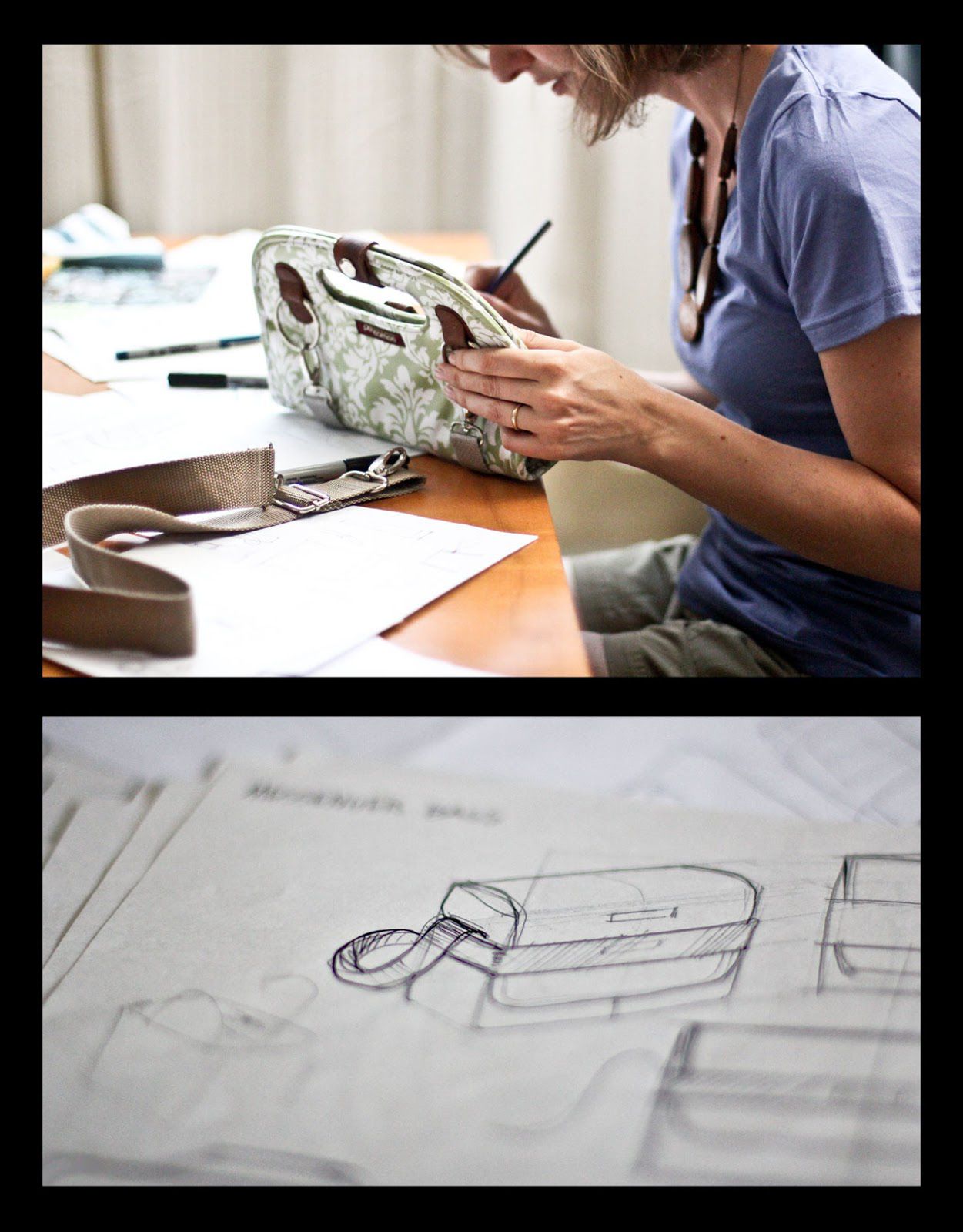 Maria sketching
Maria sketching
This was a huge branding opportunity as well. Legacy bike brands often portray biking as a performance sport or something macho and reckless. The micro mobility brands were focusing on the “vehicle” and not the lifestyle. The people I saw in the bike lanes and the people I rode with were not being represented by these brands. I sought to create a modern, inclusive brand that celebrates the joy, freedom and strength you get from modern mobility.
How did you come up with the name?
I was reading the book Lonesome Dove by Larry McMurtry when I was first thinking about the bags. Po Campo is a minor character in the book, the cook that goes along on the cattle drive. He kind of did everything his own way and took every day as it came, which I liked. I also really liked the name. It was memorable – and so circular with the p and the o and the c and a. It kind of reminded me of bike wheels. I remember saying to my husband, “Po Campo…that would make a good band name...or a good business name!”
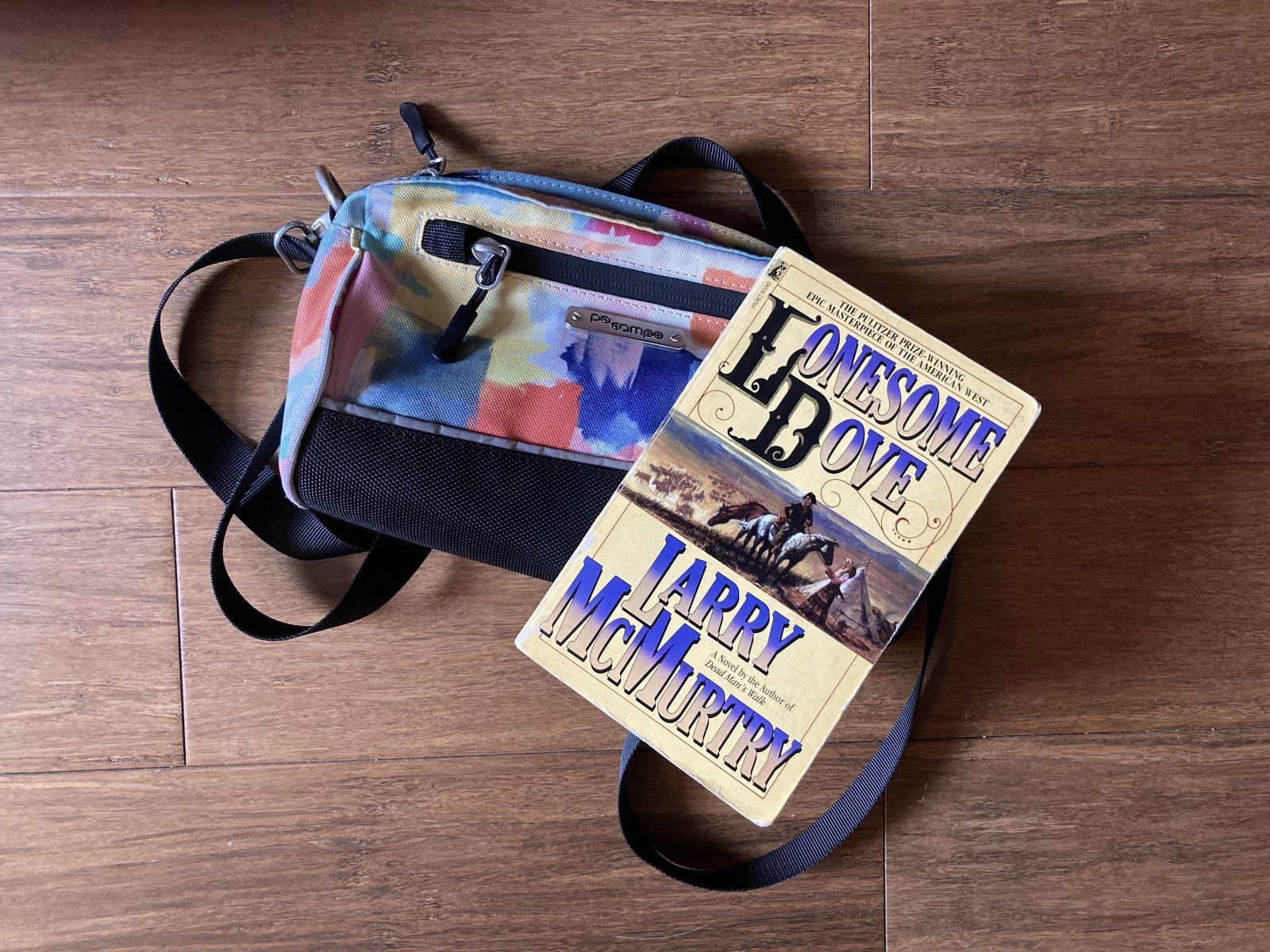 The book behind Po Campo's name
The book behind Po Campo's name
In addition to Po Campo, you also sit on the Board of the League of American Bicyclists. How did you first come to this position?
The League of American Bicyclists represents bicyclists in the movement to create safer roads, stronger communities, and a bicycle friendly America. They advocate in Washington, D.C. for funding for better bicycle infrastructure and policies that support alternative transportation. They also guide businesses and communities on how to become more bicycle friendly. Finally, they educate on bicycle safety and how to become a better advocate in your community.
I became active with the League in Po Campo’s early days, speaking at their annual National Bike Summit on several occasions about the importance of inclusivity in the bicycle movement and the opportunities for partnership with entrepreneurs who share their passion for making bicycling better. I’ve been a proud Board member since 2017.
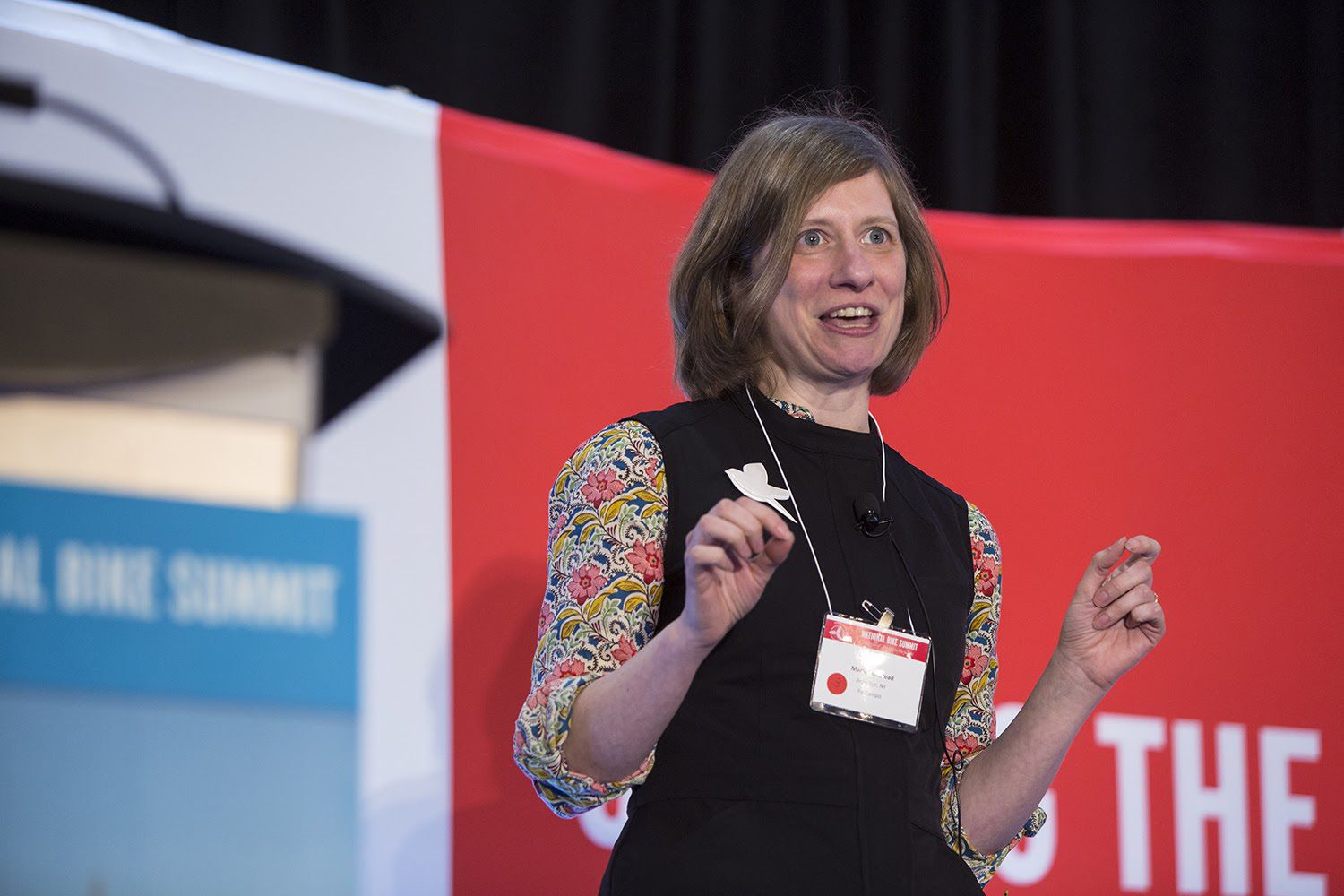 Maria speaking at a bicycle inclusivity event
Maria speaking at a bicycle inclusivity event
What are the biggest challenges and triumphs faced by bikers right now? What can an individual do to help?
I’ll start with the triumphs:
Bicycling for transportation, and other forms of micro mobility, are gaining mainstream popularity.
Cities are building the infrastructure that makes it easier and safer to get around by bike. The more people who ride, the safer it becomes.
Shared bike and shared e-scooter systems are becoming increasingly prevalent in cities large and small, lowering the barrier to entry and making micro mobility accessible to so many more people.
Innovation within the category, from e-bikes and e-scooters, means everyone can find a style and price point and feature set that suits them.
Accessories and apparel companies are sprouting up to support this mobile lifestyle, with Po Campo leading the pack.
The new administration is supportive of bicycling and micro mobility, including it in both its sustainability and transportation agendas.
Things are definitely looking up for bikers! On the downside, there are still a lot of inequities baked into our transportation systems that need to be confronted to bring the benefits of biking and micro mobility to everyone – regardless of race, gender, or income level.
Lastly, a major challenge can be finding a bike! The demand for bikes, e-bikes, and e-scooters has exploded and the supply chain has been struggling to keep up. Fortunately, Po Campo’s supply chain held strong last year and we expect this year to be even better.
How did you first come to be interested in industrial design?
Industrial design is such a good marriage of right brain and left brain thinking. I’ve always loved making things and figuring out how things work. You get to be creative and geek out on colors and textures and form while at the same time learn everything it takes to bring a product to market and how to negotiate all the compromises along the way.
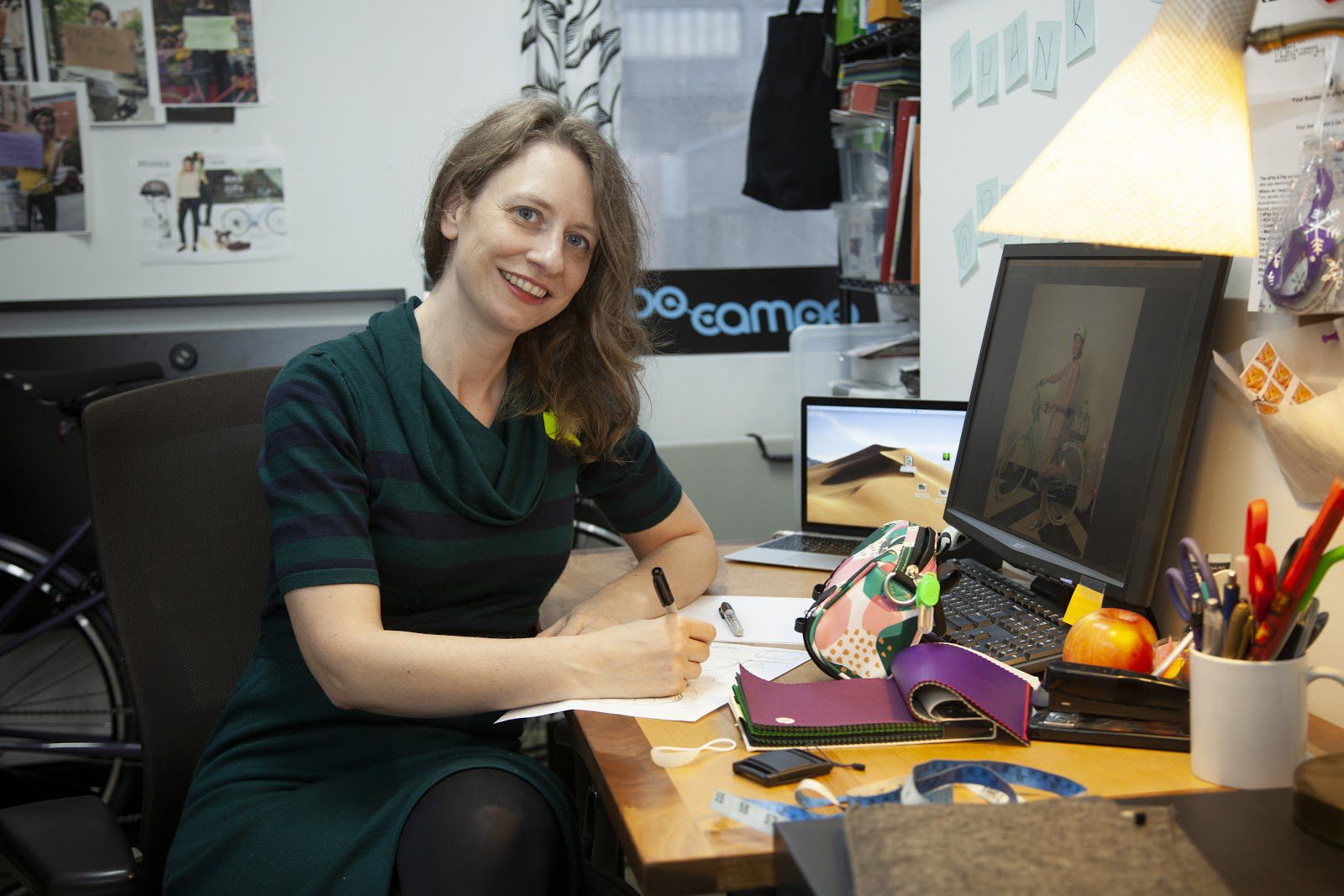
I think industrial designers make great entrepreneurs because throughout the design process, you’re constantly told that something’s not going to work or that it can’t be done a certain way and you have to say, “Well, how about this then?” It forces you to use your design thinking skills to solve the problem in a different way. That really mirrors my experience as an entrepreneur – you try something, it doesn’t work, so you pick it apart, figure out what worked and what didn’t, and then have another go at it.
If there’s one thing (other than Po Campo products of course!) you could design, what would it be?
I use a neti pot each night during the colder, drier months (the benefits for your sinuses are unmatched!) and I was just thinking that it was a product ready for an updated design. I also think it could be a cool DTC brand because neti pots provide so many health benefits. Anyone willing to take this idea is welcome to it! I would totally buy it.
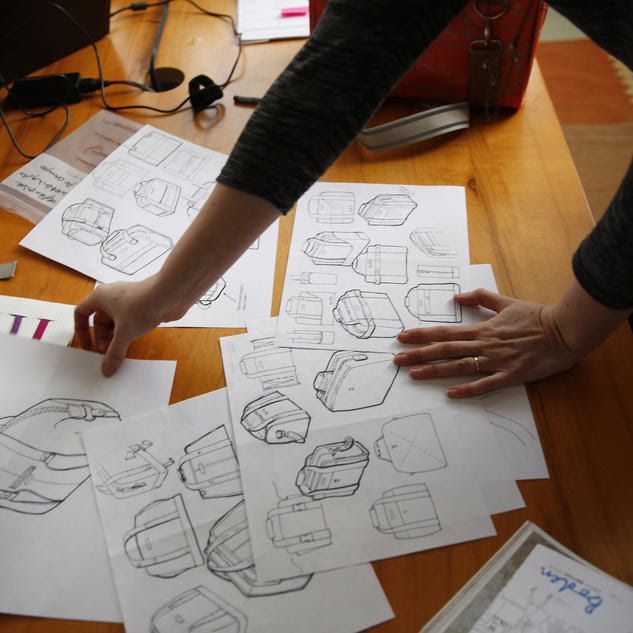 Maria going over designsHow do you handle risk and competition?
Maria going over designsHow do you handle risk and competition?
Competition is a good thing, it means you’re on to something. Po Campo’s strength is its authentic connection to the consumer and the uniqueness of our product and voice, which is singular to us. That said, I’m always keeping one eye on what the competition is doing and one eye on trends affecting the marketplace. I don’t think you can have too many inputs in this area.
Risk is something to be managed like so many other aspects of business. There are always things that can go wrong; as a team, we talk about the risks for every project and go through the “what if” scenarios to get an idea of the downsides of every opportunity.
What’s been the #1 (or two) top challenges you’ve faced while launching your company?
The only non-challenging part was designing the bags!
From building a supply chain with our first production partners in Chicago (a friend’s mom’s church friend’s mechanic who knew a couple that used to sew bags for Tumi), to pounding the pavement to bring in new customers (you develop a thick skin this way), to setting up our own warehouse and fulfillment procedures, to hopping on a plane to China to build an overseas supply chain, and then figuring out how to deal with a bad production run (not fun), to creating a “Bike in Style” pop-up shop, to negotiating financing terms with all sorts of capital sources … I could go on because every day is a learning experience!
One perk of entrepreneurship is that it never gets boring and for constant learners like me – well, there’s always more to learn!
Have you learned anything new or surprising about yourself through this process?
The biggest thing that I’ve learned about myself is how tenacious I can be. This may sound arrogant, but growing up I was blessed to be good at enough of the things that I tried. If I found something that was challenging, I often just dropped it and did something easier.
Po Campo is the first thing that has been truly challenging for me that I’ve stuck with through the many highs and lows. I honestly didn’t know I had that capacity for perseverance within me! I guess I was just waiting for the right thing that stoked my passion. Because giving up has never really been an option.
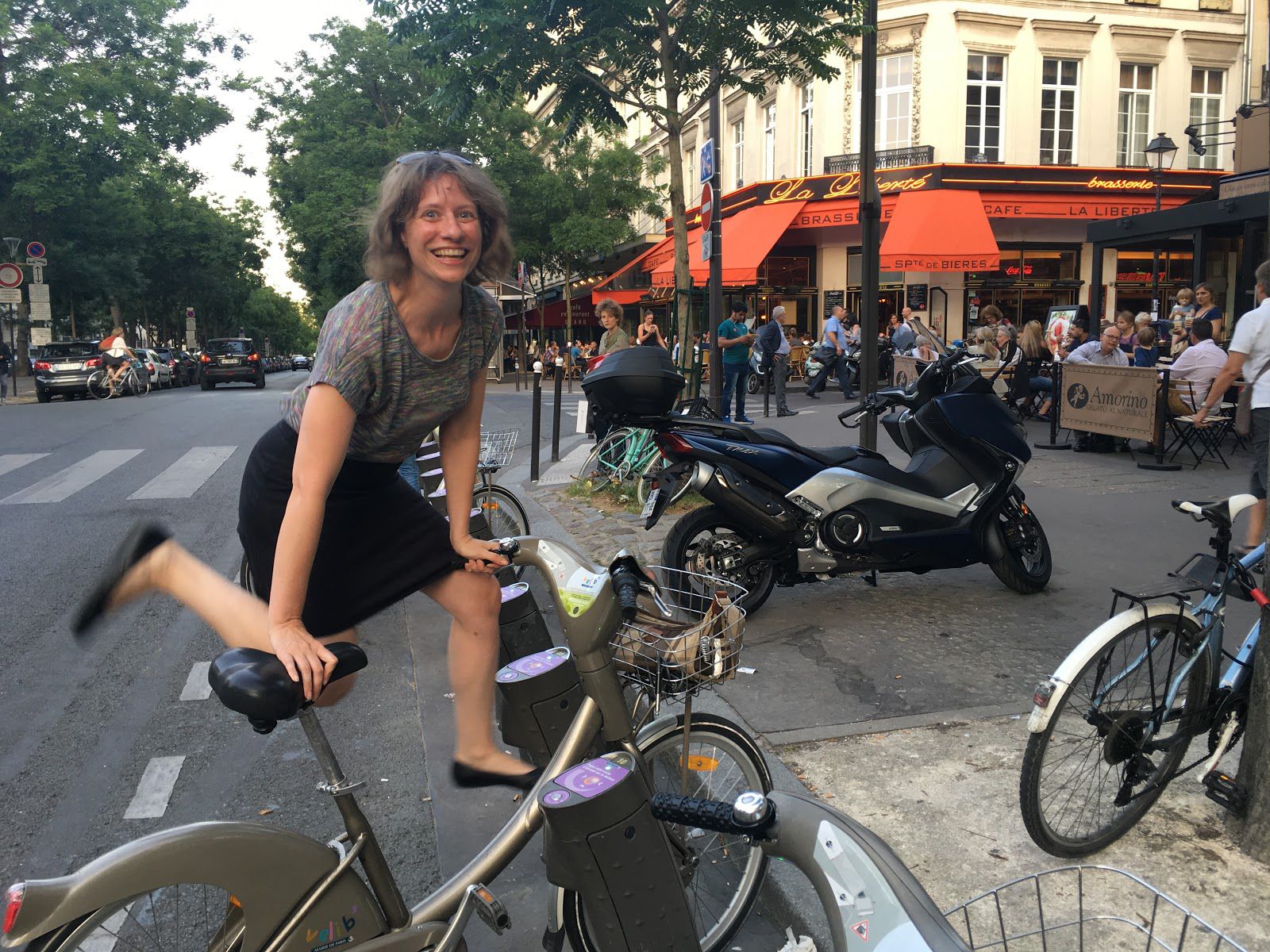 Running a business can be difficult, but Maria always finds time to laughWhat is your design process like?
Running a business can be difficult, but Maria always finds time to laughWhat is your design process like?
My design process has always been very grounded in solving for the user. So, I start with talking with people about their experiences and what they like or don’t like about their current solution. I try to see if I can uncover some unmet needs or opportunities for innovation.
I also get inspired by design and fashion trends. Access to all the museums and galleries and happenings is one of the best things about living in NYC. I've also been an adjunct design professor at both The New School and Pratt Institute. I still get a lot of use out of my library cards!
From there, I’ll build a design inspiration board and have a sense of my design success criteria, the one or two things that will make this product a real winner. Then I start sketching and prototyping, working with my team to fine-tune the designs.
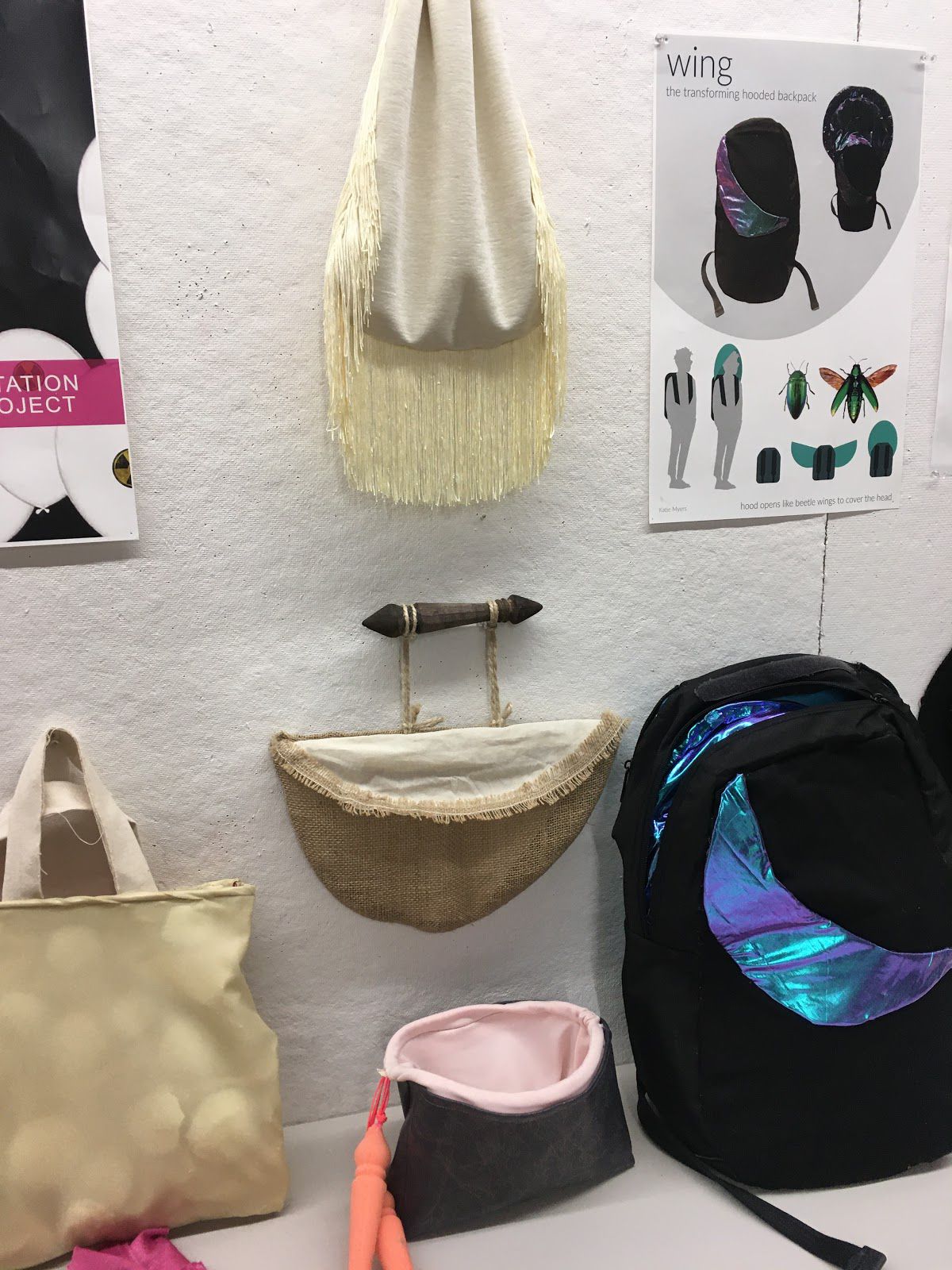 Maria draws inspiration from all overWhat’s your team culture like?
Maria draws inspiration from all overWhat’s your team culture like?
We have a distributed team and it works because of our culture. With distributed teams, good communication and accountability is the name of the game; and that is what we hire for. We are also a very respectful team. I believe everyone’s opinion is important and everyone has capacity for some great ideas – regardless of their role or experience. I also have no tolerance for blame games. Things go wrong all the time. It’s not so much what happened but how can we get back on track and learn from that episode as a team that matters.
What is your superpower?
I’m an incredible sleeper. I fall asleep within seconds of when my head hits the pillow and sleep soundly for 8 or 9 hours. I then wake up totally refreshed and invigorated. I can sleep almost anywhere.
What’s your kryptonite?
Clocks ticking down totally make me freeze up. I’m not good with that kind of pressure! Board games with ticking timers are paralyzing.
Do you have any other hobbies/things you like to do in your spare time?
Unsurprisingly, biking is a favorite pastime. I used the shutdown to get to know NYC better - biking to new neighborhoods and doing biking/walking tours. I also really like cooking, reading, and making things. Also, international travel! I can’t wait to get back to that.
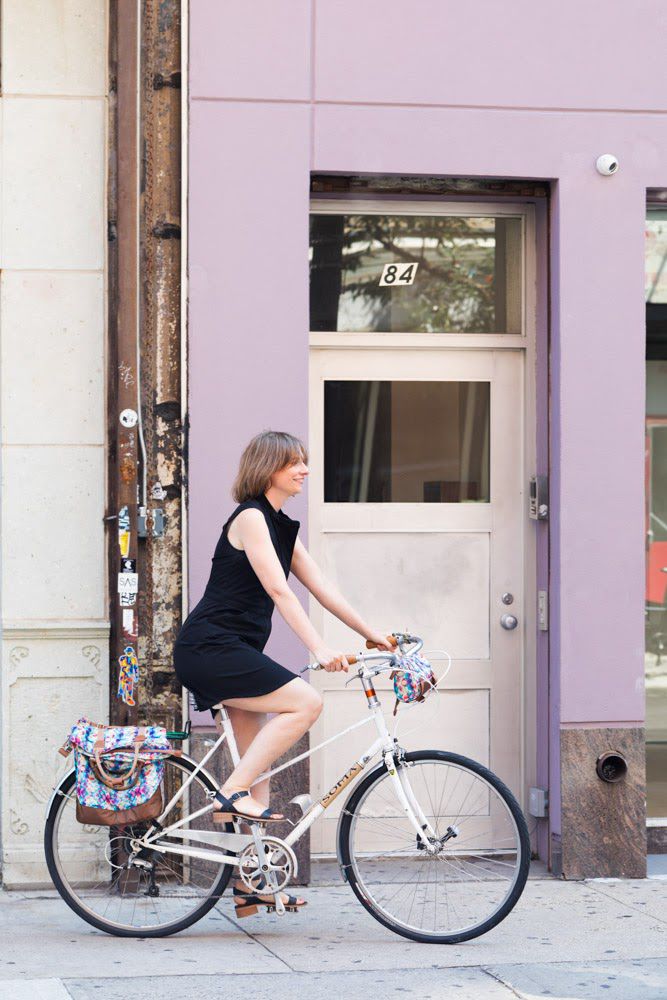 Maria enjoying one of her favorite pastimes
Maria enjoying one of her favorite pastimes
Are there any apps or gadgets that you can’t live without?
My secret weapon is the Boomerang plug-in for Gmail. It makes me the queen of follow-ups and making sure things don’t fall through the cracks. I’m also an avid Bullet journaler. I like to write down tasks by hand.
If you could give yourself one piece of advice 5 years ago, what would it be?
Don’t be so hard on yourself! You got this.
What’s your experience been like as a female founder? Any advice for women looking to start their own company?
Po Campo was born in the bike industry, which is very male-dominated (especially at the leadership level). So, feeling like a misunderstood outsider during my nascent years as a founder is a deep part of my entrepreneurial experience. I think that has resulted in a bit of hardiness, a need to always look for “my people,” and a desire to be inclusive to all the newcomers in the space. This is especially important with the micro mobility boom.
One advantage is that there are so many female founder networks now and I feel so fortunate to have access to all those resources and places to go for support, like the Female Founder Collective. I would recommend new founders to plug into those as soon as possible – entrepreneurship can be a lonely existence at times.
What’s the best piece of advice you’ve received?
Stay focused on knowing and serving your customer. It can be easy to get distracted by other growth opportunities and new technologies or trends, but staying focused on who you’re serving has to be your North Star.
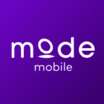


 Oops! We couldn’t find any results...
Oops! We couldn’t find any results...






